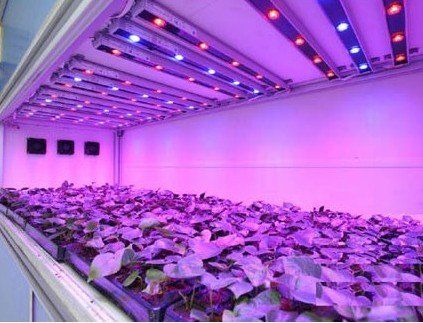Led plant lamps or led grow light adopt different measures, so as to avoid the existence of different degrees of problems, such as the lack of analysis of specific spectral components, resulting in impure light quality, inconsistent light intensity, close to or even lower than the light compensation point of plants, and low energy efficiency of illumination source. A large number of applications of LED in plant protected cultivation environment show that led can solve these problems, especially suitable for artificial light control plant facility cultivation environment.
In traditional agricultural production, ordinary electric light source is generally used to supplement light and different covering materials are applied. For example, monochromatic fluorescent lamp or color plastic film are used to change light environment to regulate the growth and development of plants in protected cultivation environment.
Plants rely on the energy of light for photosynthesis and grow, bloom and bear fruit. However, due to the ever-changing climate change and light variation in nature, the plants can not fully absorb the photosynthetic nutrition they need in different growth periods, which brings disadvantages to the growth, especially in the seedling stage. Therefore, scientific and reasonable artificial spectrum has created good absorption and reflection conditions for plant growth. The energy values in the blue and red light regions are very close to the efficiency curve of plant photosynthesis (especially for green plants), which is the best light source for plant growth.
In conclusion, red light can promote the rooting, chlorophyll formation, carbohydrate accumulation, absorption and utilization of chrysanthemum. In the process of rapid propagation, the application of red light to plant lamps can promote the rapid rooting of various plants and improve the quality of seedlings.
